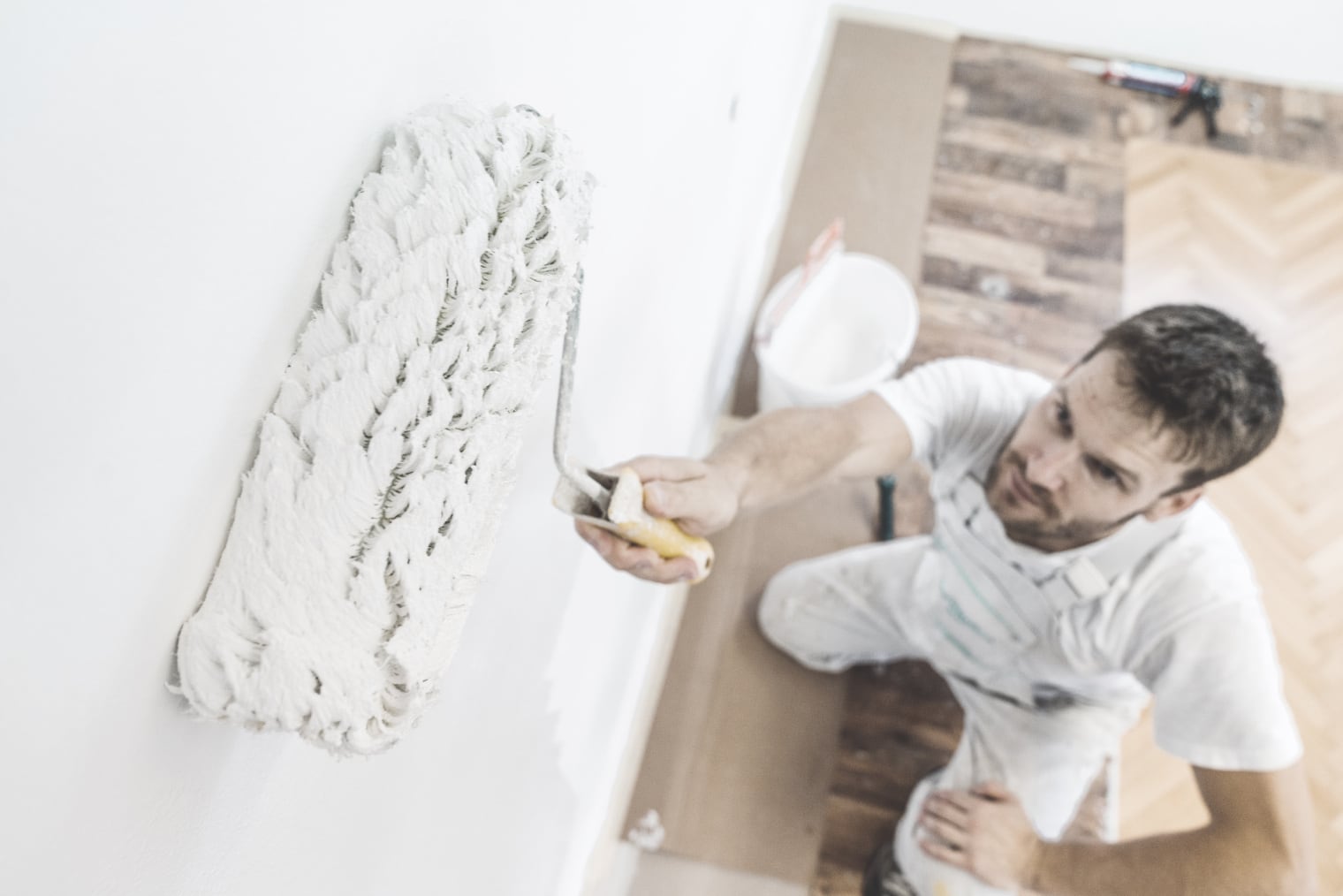Rented multi-family units – also called investment properties – are one of the capital investments that you are allowed to finance from borrowed funds. The return is 100% yours, but since you didn’t have to put up 100% of the capital, there is tremendous leverage: the higher the proportion of borrowed capital, the greater the return on equity employed (for better or worse, more on this later).
Return on equity
Net rental income – Costs4 × 100 / Invested capital5
107,300 × 100 / 1,762,000 = Return on equity: 6.09%
4 See info box “Net for gross?”
5 2012: CHF 1.75 million, inflation-adjusted as at 2022
This is an example of the leverage effect: the return on equity is three times higher than the net return. This is not surprising, since equity is equal to one-third of the total capital.
Until a few years ago, multi-family units could be financed with a maximum of 80% of borrowed capital; since 2020, you must raise at least 25% of equity for the purchase. In addition, the proportion of borrowed capital must be reduced to a maximum of two-thirds of the purchase price within 15 years – the borrower must therefore repay at least 8.33% of the mortgage amount within this time.
But in the end, it doesn’t really matter whether you finance your capital investment with two-thirds, 75% or 80% of borrowed funds. After all, the share of borrowed capital corresponds to between twice and four times your equity – and the return on equity will be correspondingly higher.

